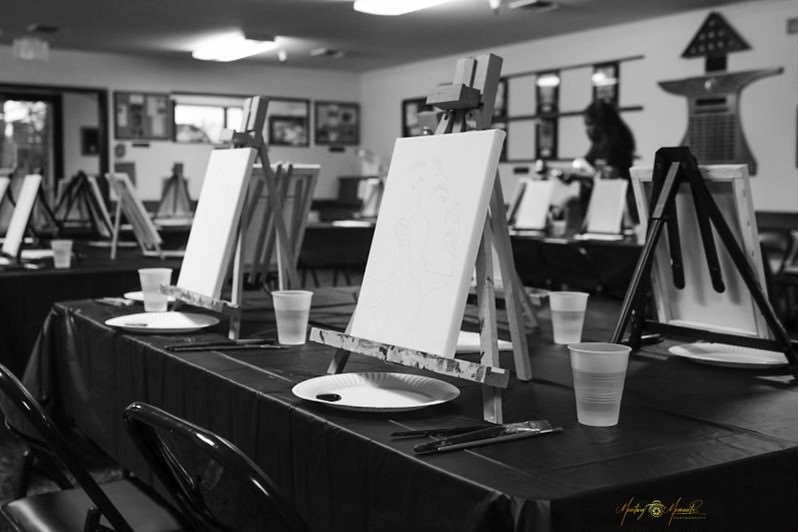By Jason D. Thompson, Ph. D.
God is an artist. Not simply a creator but an artist. While creation implies bringing something into existence from nothing, artistry transcends mere genesis. It involves shaping, molding, and refining with intention and purpose; artistry discerns potential where others may see only raw material. This is how God works, taking the raw material of our experiences, like our struggles, joys, and even perceived flaws, to shape us into masterpieces of divine grace. Just as Michelangelo saw the potential for “David” hidden within an unassuming block of marble, God sees within each of us a masterpiece waiting to be revealed. This ability to envision and bring forth beauty from the raw material of human experience is central to understanding both the divine nature and our potential for transformation.
Look around. The evidence of God’s artistry is everywhere. A breathtaking sunset, the infinite importance of the honeybee, the wonder of a newborn baby—each a testament to the Creator’s boundless imagination and masterful execution. God is the most brilliant and creative artist that has ever existed. But when we contemplate our own lives, we often fail to recognize the same creative power at work. We may not perceive the beauty now, but ultimately, we have to recognize God’s handiwork with clarity. This realization ought to challenge us to reconsider our understanding of success and perfection. What if, rather than attempting to eliminate our imperfections, we welcomed them as the unique characteristics that contribute to the richness and complexity of our lives? What if our challenges serve as the sharp edges that mold us into the masterpieces we are meant to be?
Not only is God an artist, but Black people are artists, too. This spirit of ingenuity is deeply ingrained in the Black experience. We’ve used the raw materials of our experiences to create masterpieces. From the coded messages hidden within spirituals to the invention of life-saving devices like the traffic light and the blood bank, Black people have consistently demonstrated a remarkable ability to innovate and create, even in the face of systemic oppression. This creative resilience challenges the dehumanizing narratives that have historically been used to justify oppression and affirm the inherent dignity and worth of every human being.
The journey from “junkyard to masterpiece” is a recurring theme in Scripture and human history (and the motif of the syndicated show “Sanford and Son”). The ‘junkyard to masterpiece’ mentality is not just a theological concept; it’s a lived reality for many Black people throughout history. Enslaved people, denied basic freedoms and resources, often created tools, inventions, and even musical instruments from whatever materials they could find. This spirit of resourcefulness and innovation continued through the Jim Crow era and beyond, as Black artists, inventors, and entrepreneurs found ways to thrive despite systemic barriers. This process of seeing inherent worth and potential mirrors the very heart of the Gospel, and God, through Jesus, sees the unfinished product and value in each of us. More than just our flaws as limitations, God sees the masterpiece we are becoming. In that sense, God’s work is not yet finished.
As we marvel at the beauty and complexity of God’s creation during Black History Month, perhaps the most profound question we can ask is not simply, ‘What is my purpose?’ but rather, ‘How does recognizing God as an artist and ourselves, as works in progress, shape our understanding of our own potential and our responsibility towards others?’ When we accept ourselves as we are and accept God as God is, we may find it easier to accept others as they are and celebrate each person’s unique beauty and potential as an expression of God’s creative imagination. The work of creation is God’s initiative; the work of acceptance is ours.
Jason D. Thompson is pastor of Sacramento’s St. Andrews AME Church, the oldest historically Black congregation on the West Coast, and teaches in the Black Honors College at California State University-Sacramento.






This is amazing article that everyone should read!!!
I mean to say “ This is an amazing article”